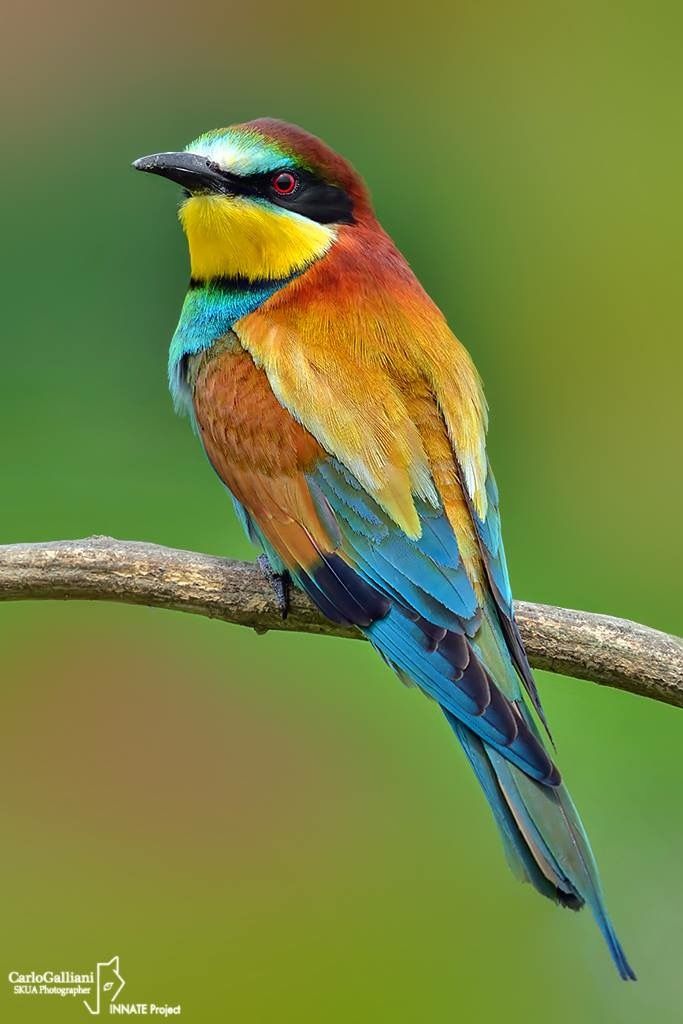The Bee-eater is a group of birds that belong to the family Meropidae, which contains three genera and thirty species. They are found in tropical and subtropical regions of Africa, Asia, Europe, Australia, and New Guinea. They are known for their brightly colored plumage, slender bodies, and long central tail feathers. They are also skilled hunters of flying insects, especially bees and wasps, which they catch on the wing and remove the stinger before eating.

The Bee-eater has a black bill, a stout body, and a long tail. It measures about 15 to 35 cm (6 to 14 inches) in length and weighs about 15 to 95 g (0.5 to 3.4 oz), depending on the species2. The plumage varies in color and pattern among the species, but usually includes shades of green, blue, yellow, red, and brown. The male and female are usually similar, but the female may have duller colors or smaller tail feathers.

The Bee-eater lives in open wooded areas, especially with oaks, acacias, and eucalyptus. It is uncommon and often inconspicuous, as it forages mainly at middle to upper levels of the forest. It feeds mostly on ants and termites, which it catches on the wing or pecks from tunnels and bark. It also eats other insects, seeds, nuts, berries, eggs, and small animals. It sometimes visits bird feeders, where it may compete with other birds for food. It has a loud and harsh voice, and can imitate the sounds of other birds, animals, and humans. It has a distinctive chuckling call note, and a song that resembles a robin’s but is clearer and less nasal.

The Bee-eater breeds from March to June, depending on the location. It builds a cup-shaped nest of twigs, moss, and mud, usually in a hollow of a tree or a sandy bank. The female lays 3 to 6 eggs, which are white with brown spots. The male helps to incubate the eggs and feed the young. The chicks fledge after about 16 days, and stay with their parents for another month or so.

The Bee-eater is a resident bird that does not migrate. It is not threatened by extinction, and has a large and stable population. However, it may face some threats from habitat loss, fragmentation, and degradation, as well as from predators, parasites, and diseases. Therefore, it is important to protect and conserve its natural environment, and to appreciate its beauty and role in the ecosystem.





